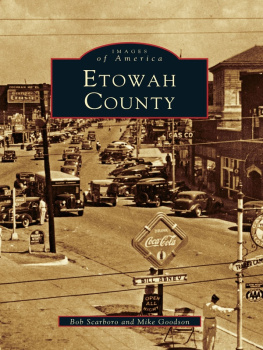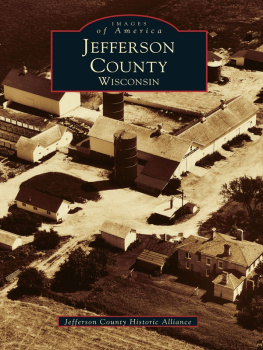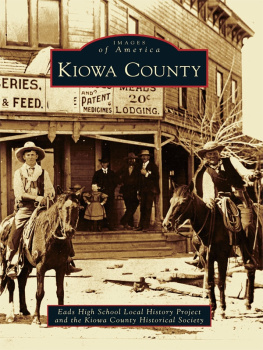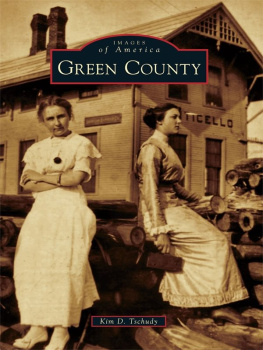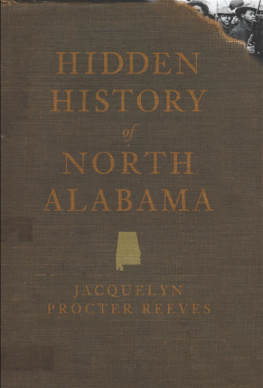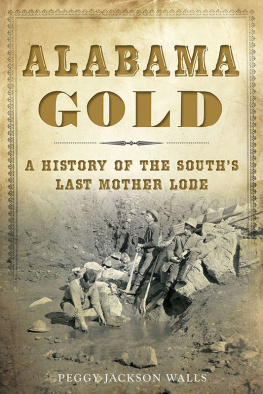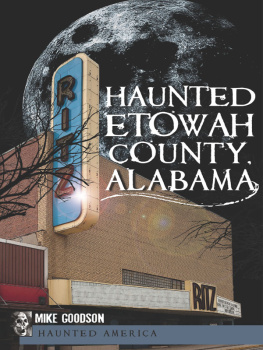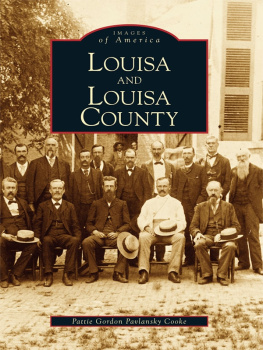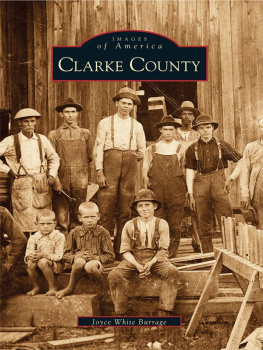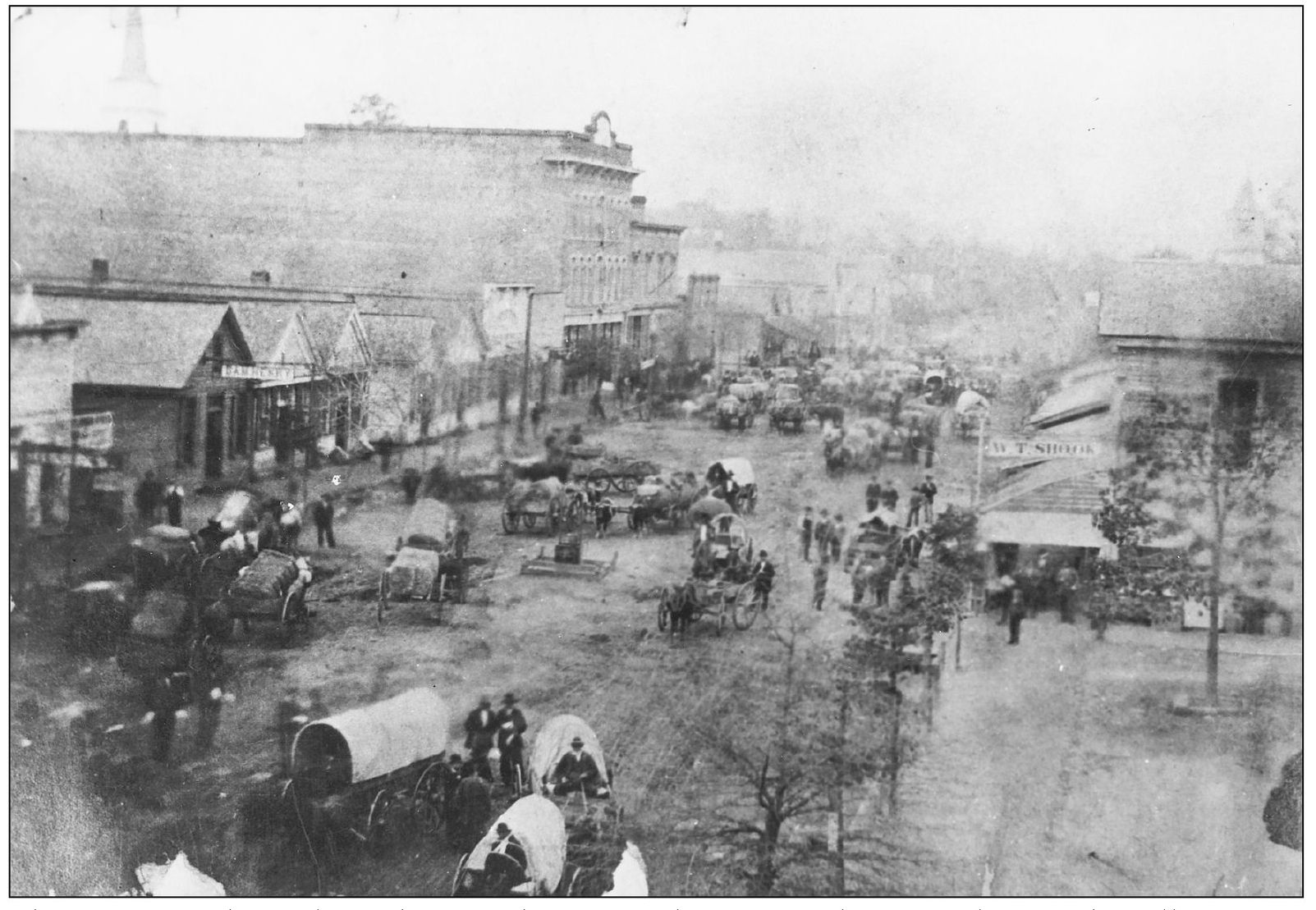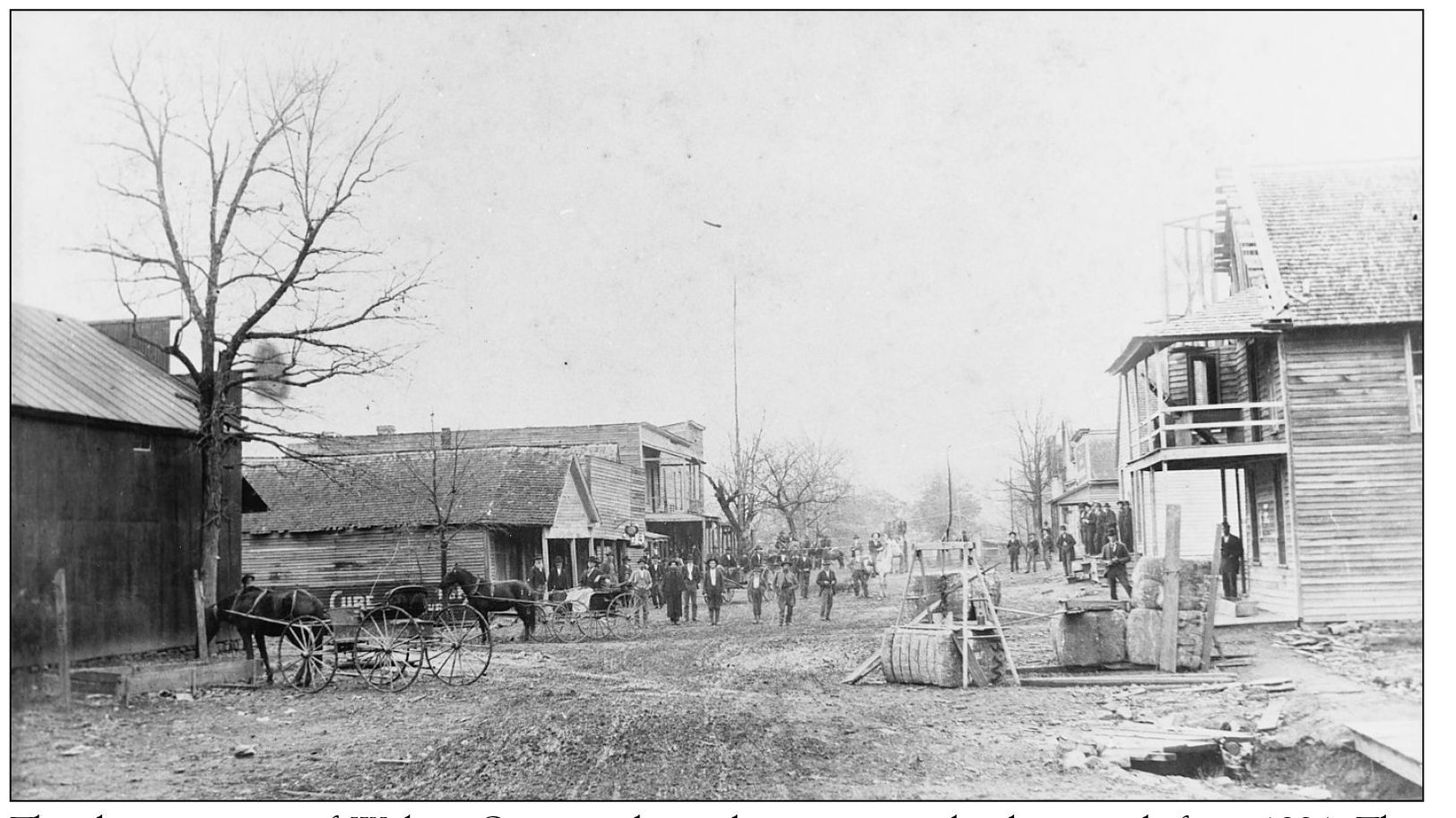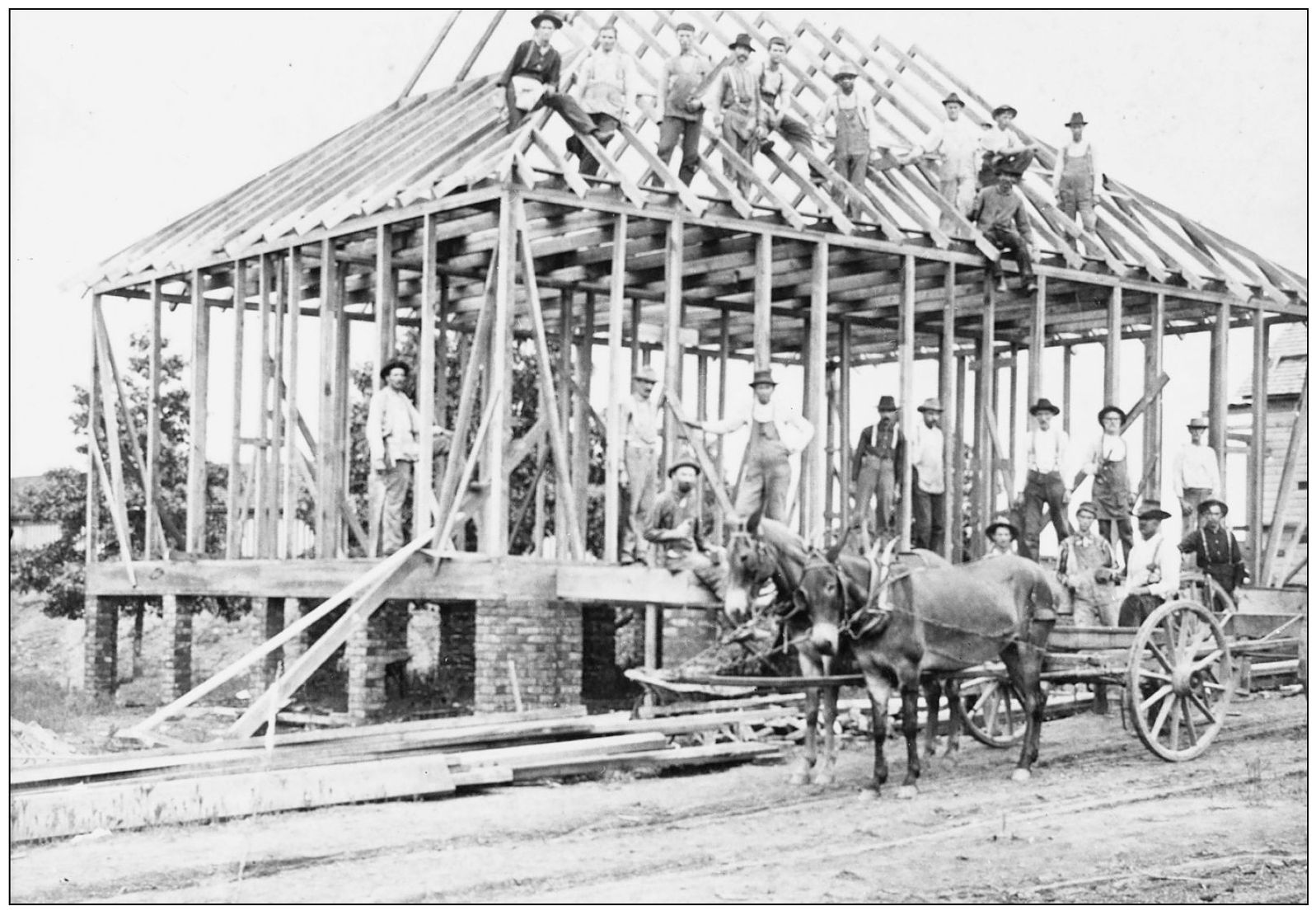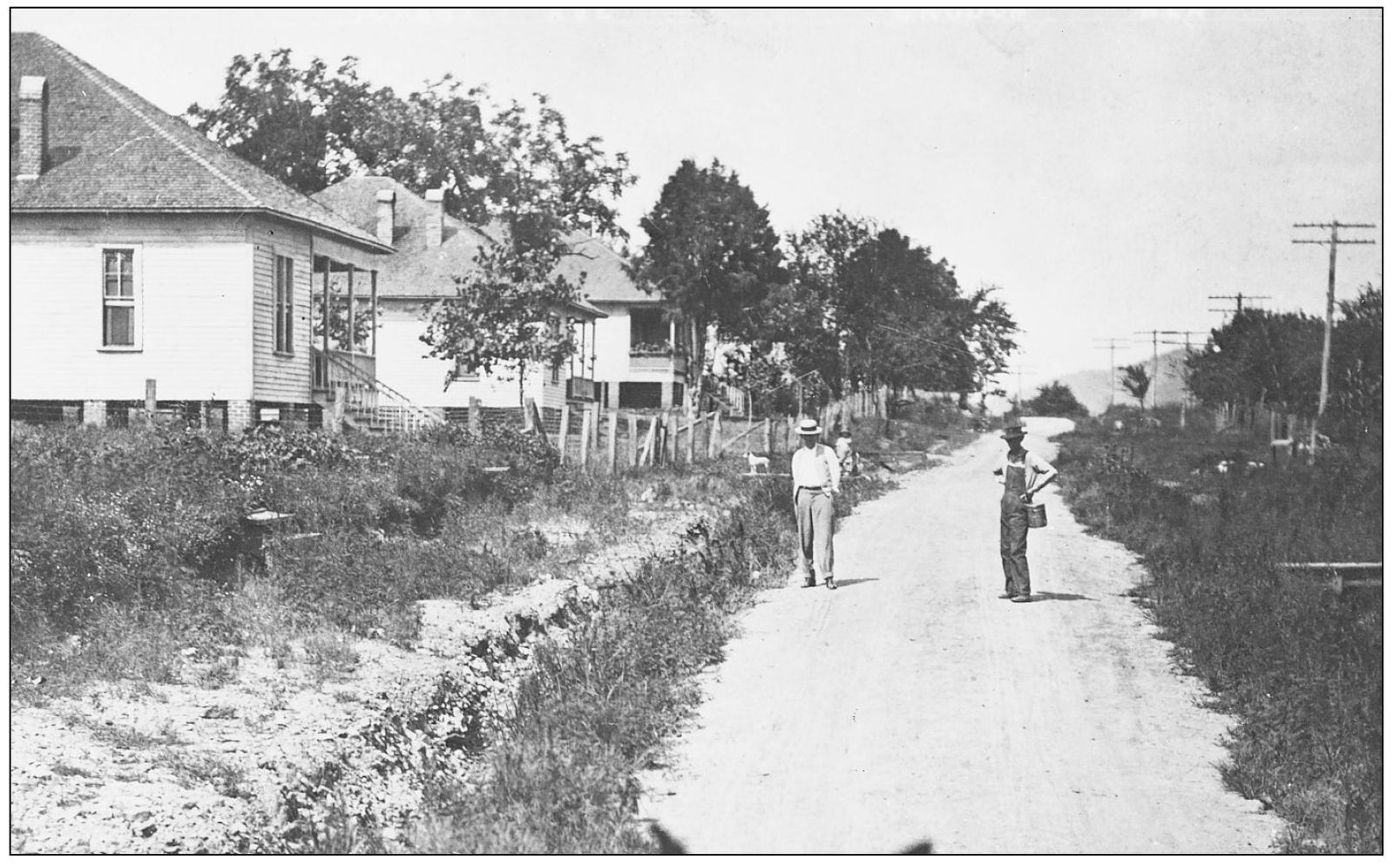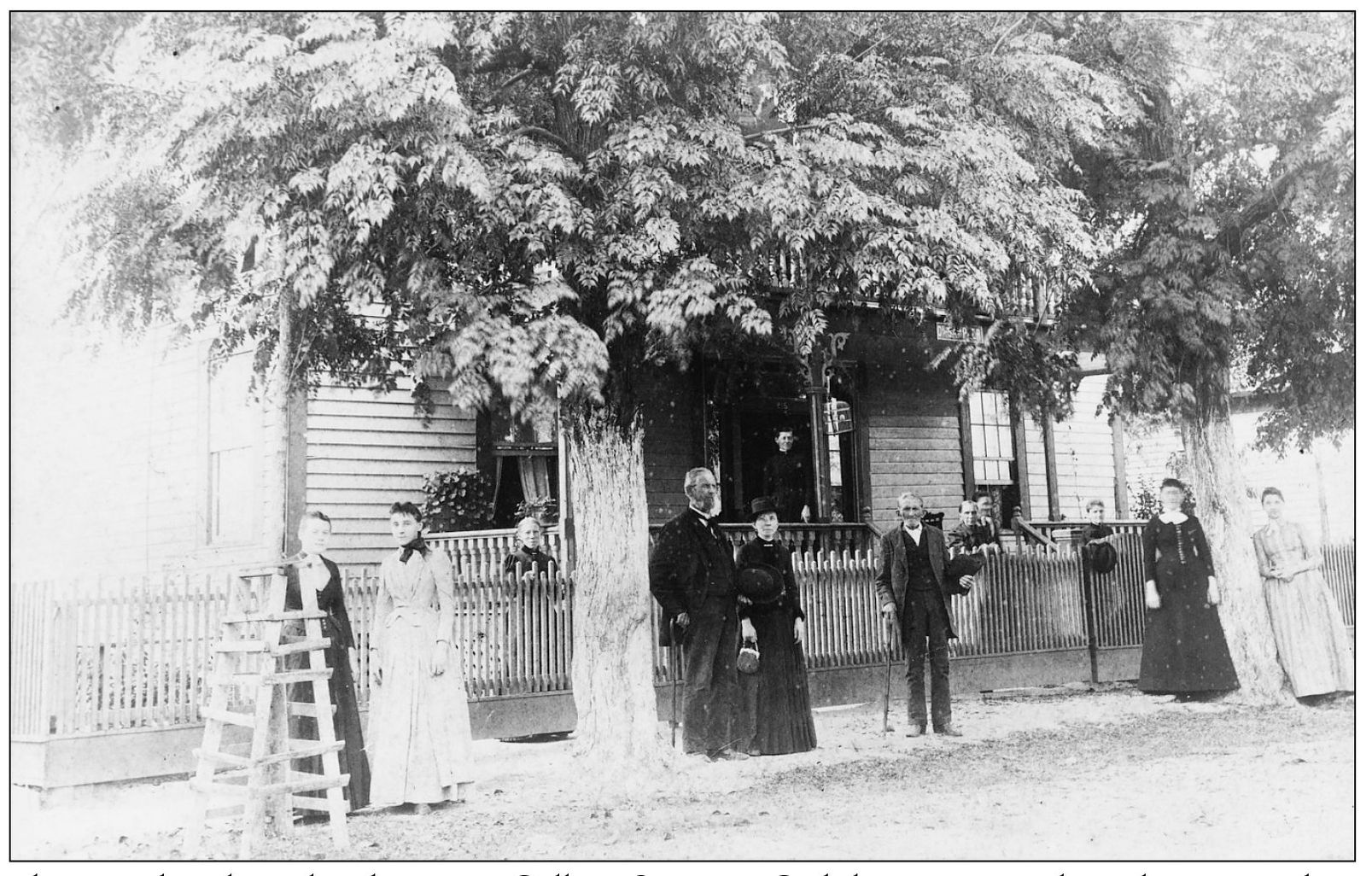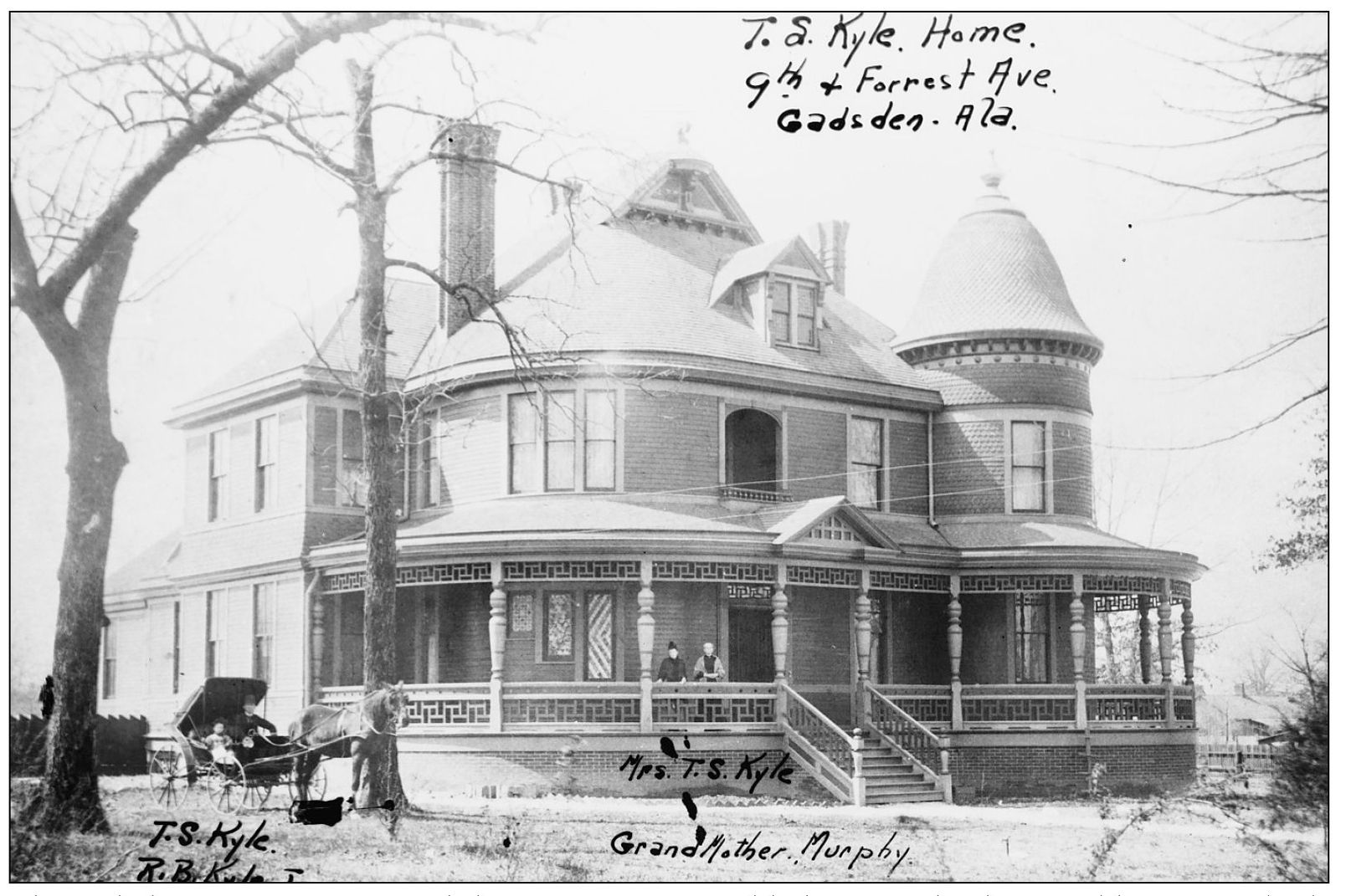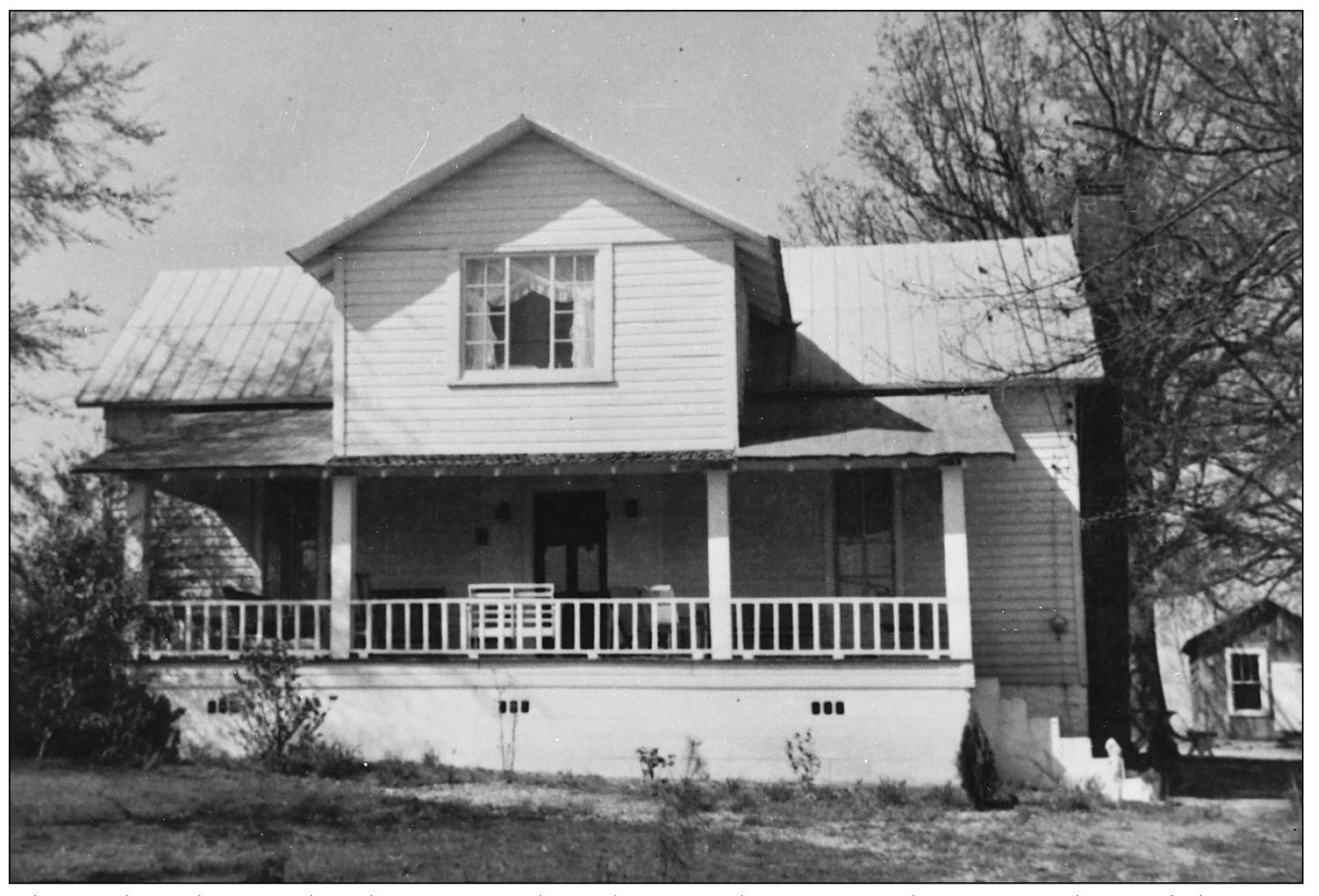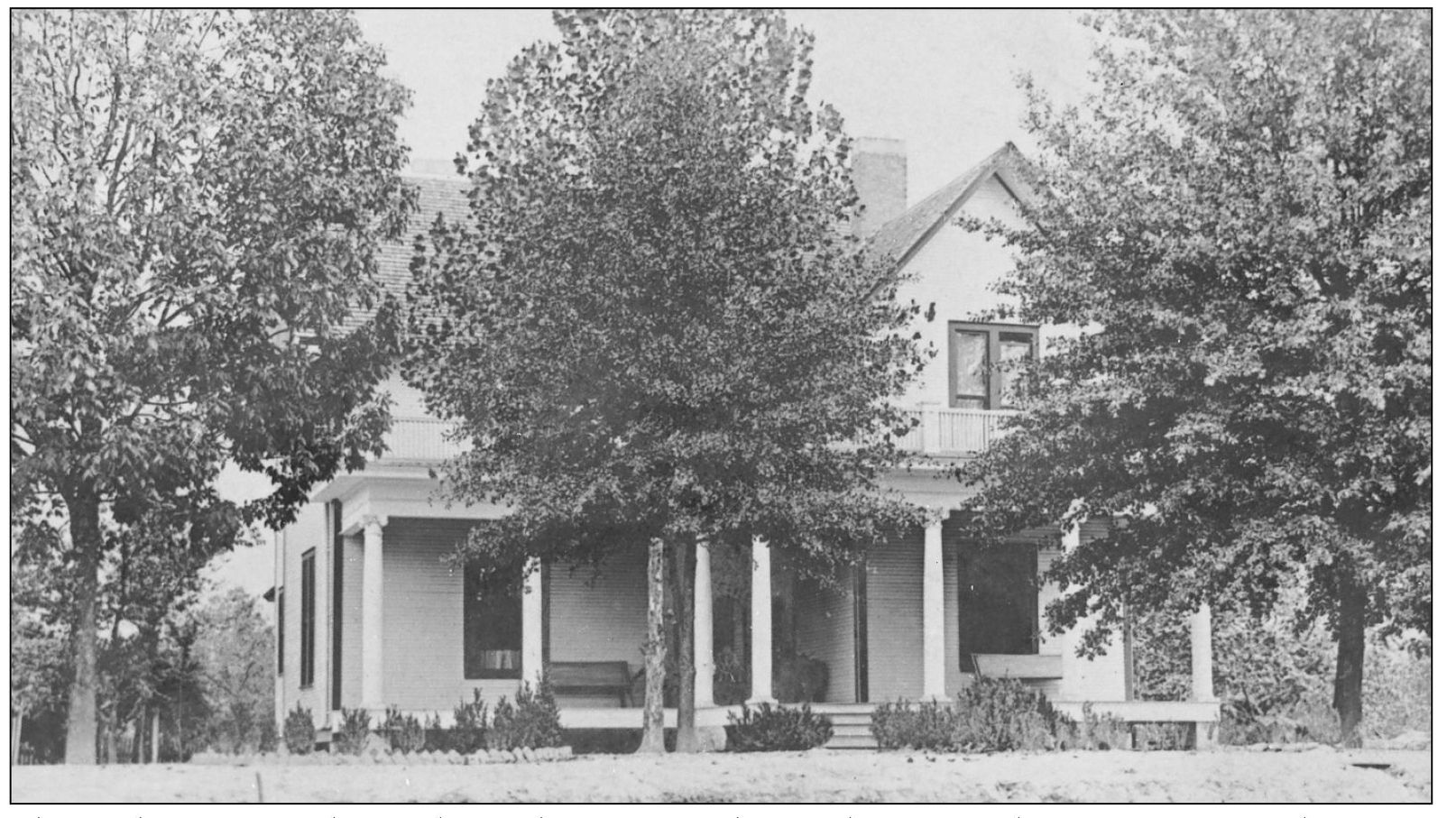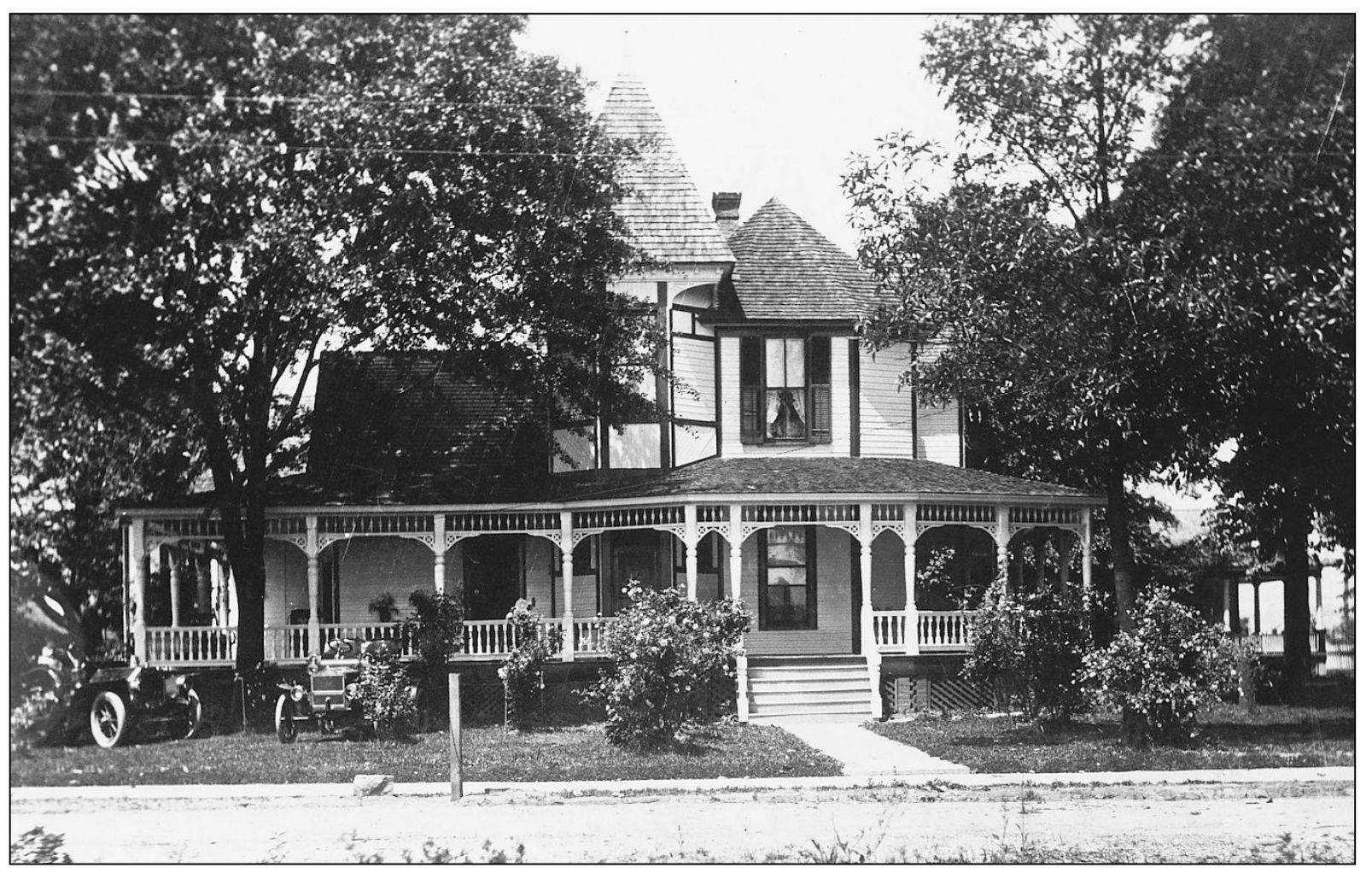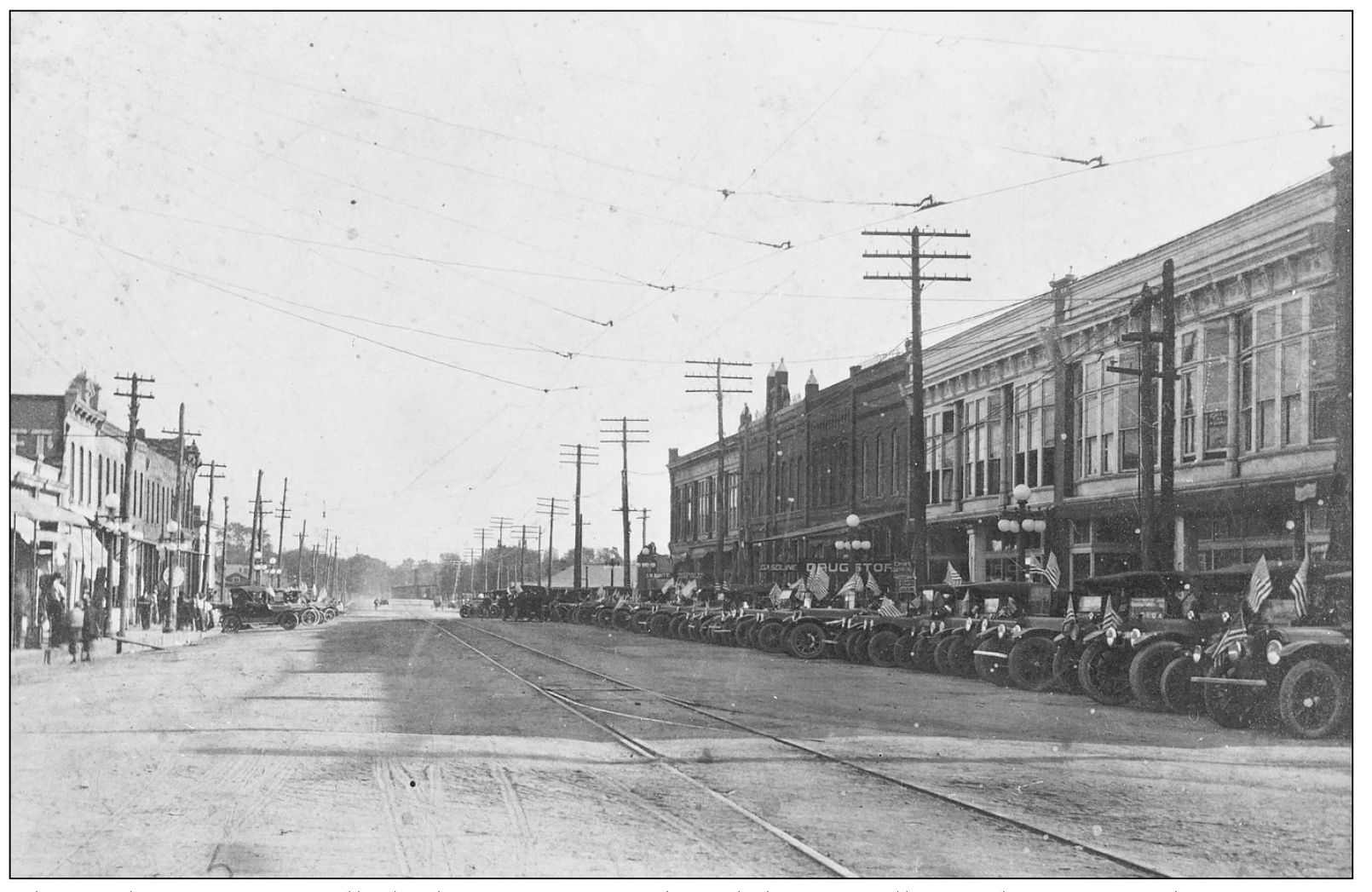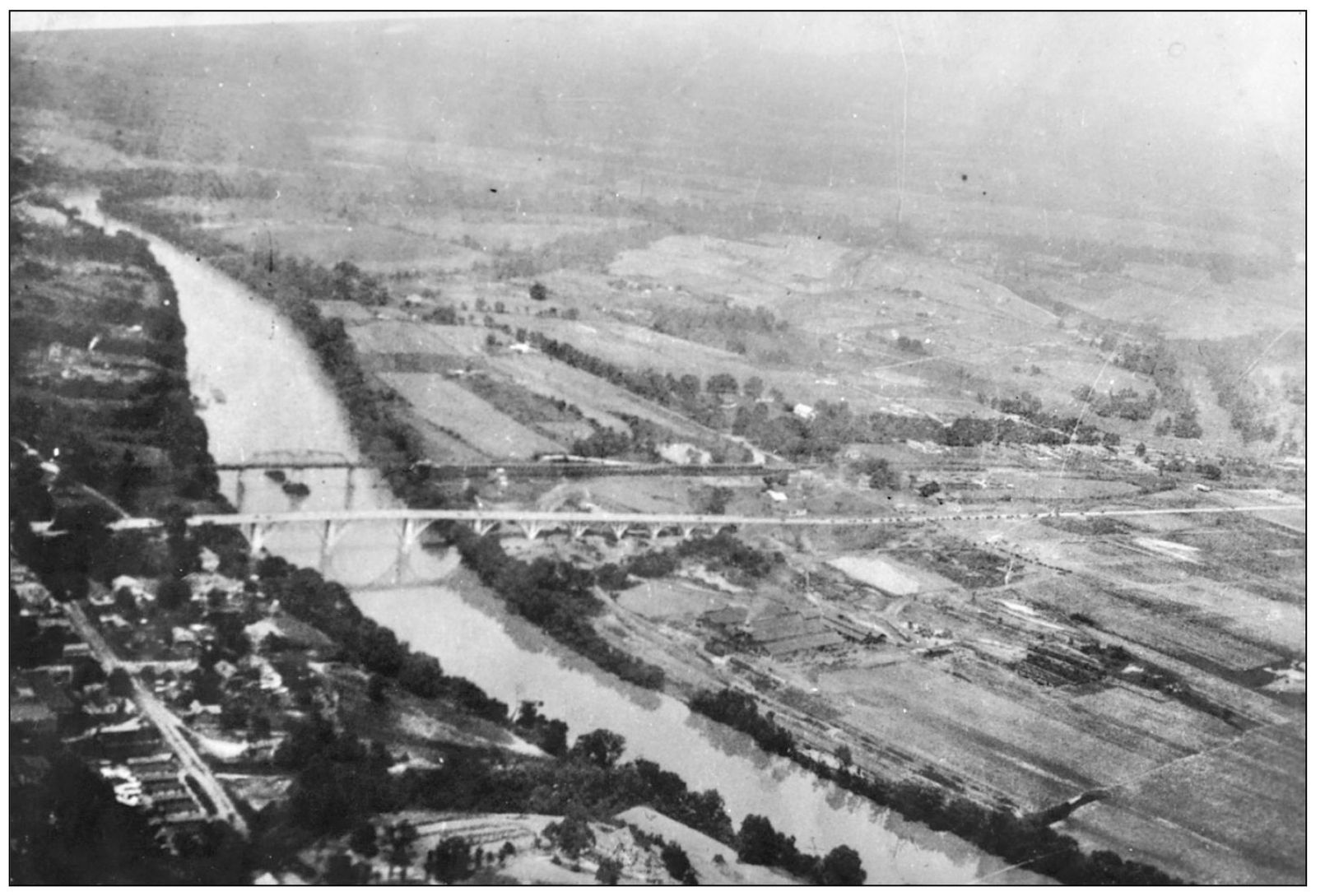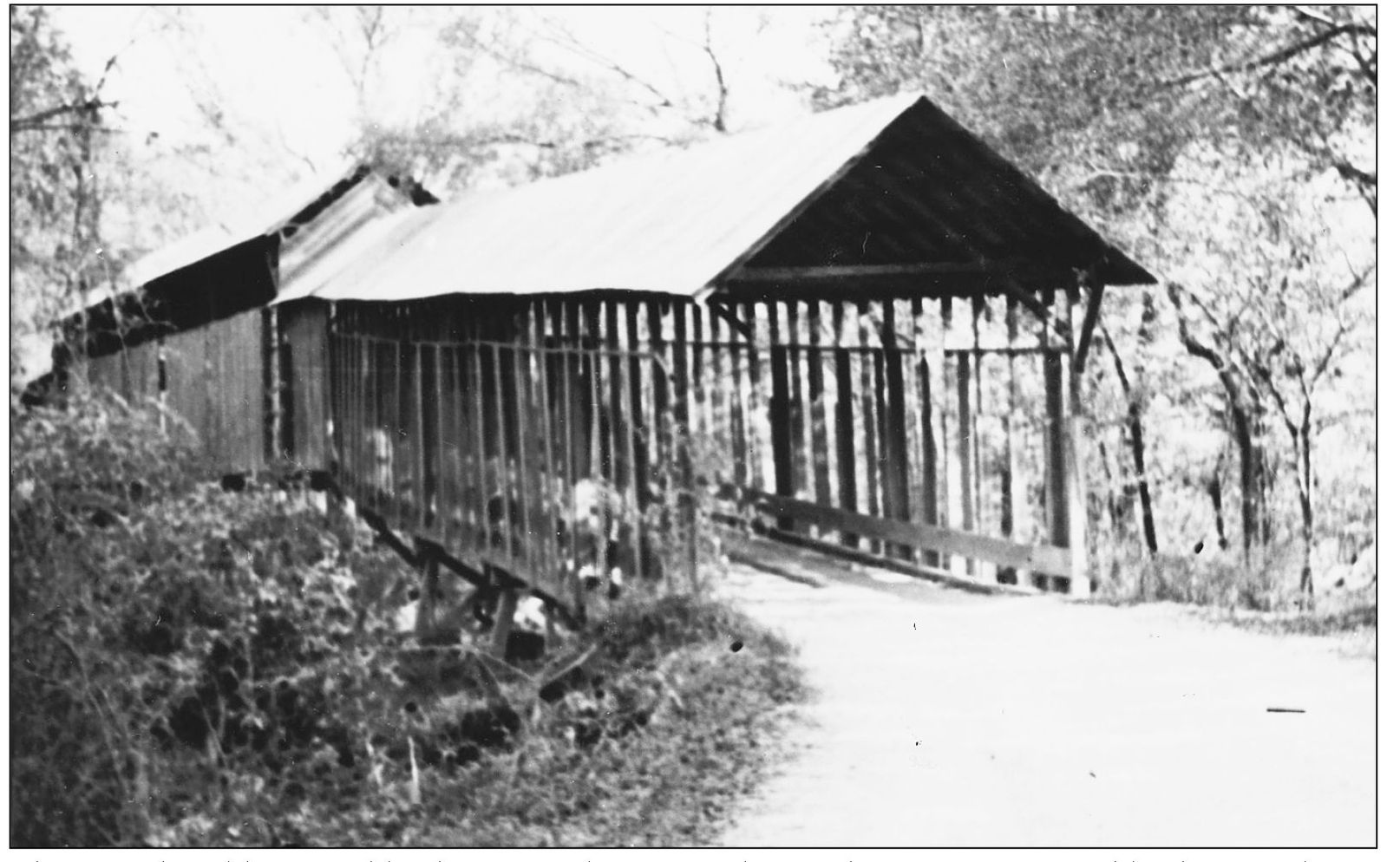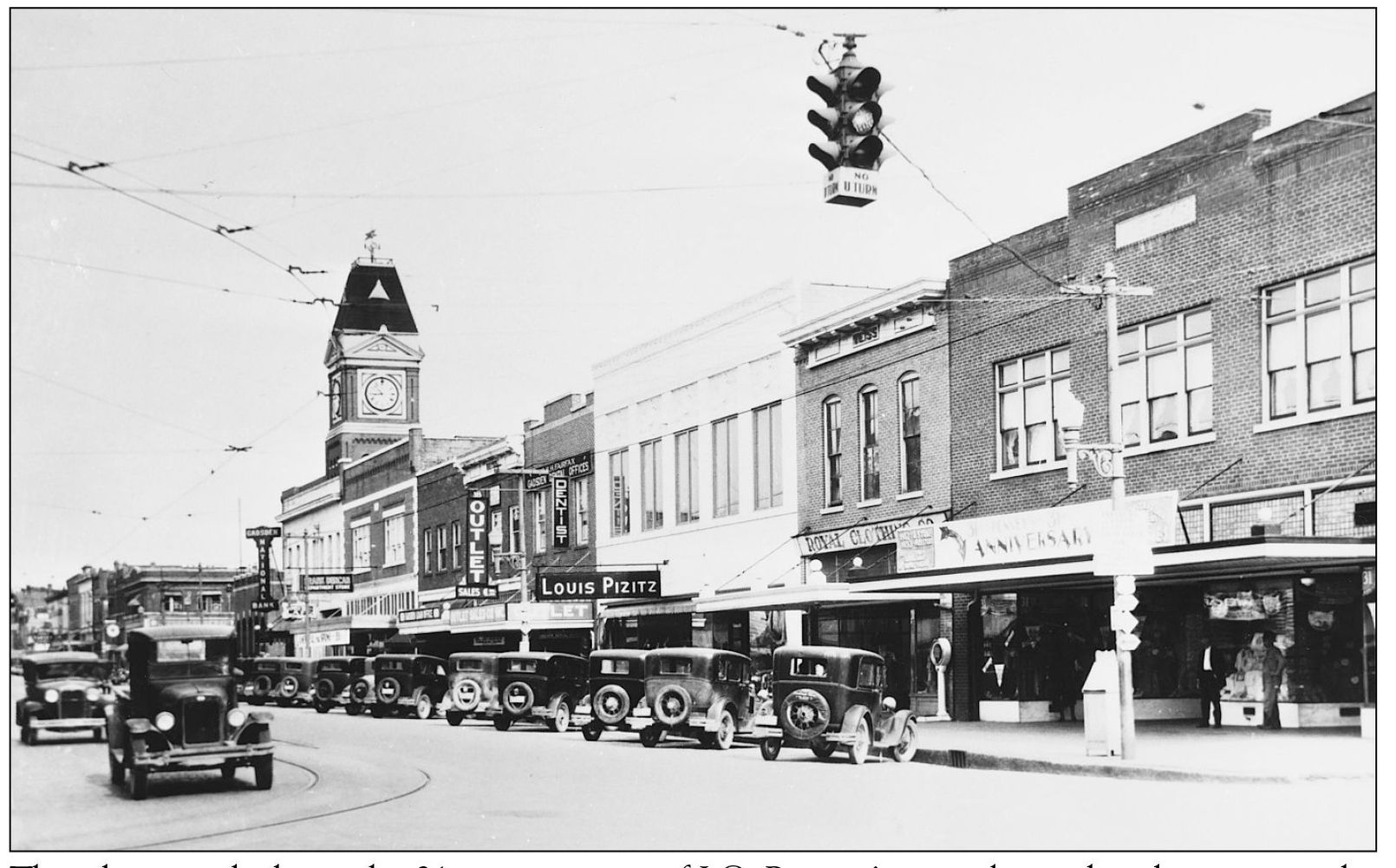One
TOWNS
This is one of the earliest photographs of Broad Street, and it was taken in the fall of 1878. Covered wagons are visible and a well is located at the center of the street. Most of the smaller buildings were destroyed in a spectacular fire on July 4, 1883. The fire was stopped by the fireproof walls of Kyles Opera House, which is the taller building near the middle of the block. The Opera House itself burned in 1903.
The thriving town of Walnut Grove is shown here in an early photograph from 1884. This small town later would boast of one of the first colleges in Etowah County. The Walnut Grove College was in existence until the late 1890s. The A.S. Nelson Store is pictured on the right.
Construction on one of the many Dwight Mill Village homes is shown in this 1895 photograph. A large village of homes was built to house the many workers that were employed at this Alabama City textile giant until 1958. The homes rented for $4 to $6 per month, depending on the number of rooms.
This is the W.P. Hollingsworth home, located on the northwest corner of Locust Street in 1890. Locust Street, during the early history of Gadsden, had several beautiful homes, although today it is part of Gadsdens downtown business district. This home had a unique ventilation system which provided a form of natural air conditioning.
Crudup is located just north of Reece City near the Dekalb County line. This area of the community was known as Forrest Avenue in this photograph from 1925. This small rural community of Etowah County is located along U.S. Highway 11 and runs parallel to the railroad from Chattanooga to Attalla.
This was the Eliza Klutz home on College Street in Gadsden in 1880. Eliza Klutz is standing just to the left of the large tree. Dr. and Mrs. Sampler are standing to the right of the tree. Dr. Sampler was the first Methodist preacher in Gadsden. The home burned in 1918.
The Kyle home was one of Gadsdens most recognizable homes. This beautiful house was built by Colonel R.B. Kyle in 1888. This residence, later the home of T.S. Stonewall Kyle, was torn down during the 1950s to make room for an addition to the present Etowah County Courthouse and a parking lot.
This is the John Wisdom home in Hokes Bluff. Wisdom operated a ferry in the Gadsden area along with Colonel R.B. Kyle. Wisdom gained fame by riding from Gadsden to Rome, Georgia, to warn of the approach of Union Colonel Abel Streight. The city was awakened and prepared, although General Nathan Bedford Forrest overtook Streight before he reached Rome. John Wisdom is known as the Paul Revere of the South.
This is the Moragne home, located at 606 South Fourth Street. This is a fine example of one of the early homes located in the Gadsden area. Many beautiful homes were found throughout the downtown Gadsden area. A good many of these homes have been destroyed to make room for businesses.
The Bellinger home was another of Gadsdens beautiful houses. The home was located on the southwest corner of Twelfth Street and Chestnut Street, the present site of the Gadsden Board of Education annex building.
This is downtown Attalla looking east toward Gadsden. Attalla was known as the Junction because several railroads intersected at this point. The Gadsden, Attalla, and Alabama City Railroad tracks and overhead wires are seen in this photograph. Note that the streets are unpaved.
This is an aerial view of the Coosa River, which flows through Etowah County. This 1930 photograph shows the L & N Railroad trestle, which was the first bridge across the river and was built in the late 1880s. The Memorial Bridge, which was built in 1927 to commemorate the Rainbow Division in World War I, united Gadsden with East Gadsden.
This was the old covered bridge in Duck Springs during the 1940s. Covered bridges similar to this one at one time were found throughout the Etowah County area. This bridge was destroyed by vandals over the years.

